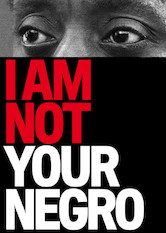Our Blog
Blog
Documentary Trends
NTSC & PAL: THE EXPERTS’ APPENDIX
June 9, 2022
I swear I’m almost done with this topic! But last week’s blog about NTSC to PAL transfer got a lot of positive attention from technical experts. See two thoughtful responses below in the “Appendix” to round out your education. And if you’re wondering why this is so important, check out: When Do Filmmakers Need To Edit a TV-Hour? At the same time you’re editing a feature, according to distribution expert Peter Broderick. “Some sales agents [for foreign distribution outside the U.S] ”are only interested in distributing an hour,” he says. “Others are fine to also have a longer version that they…
Read More...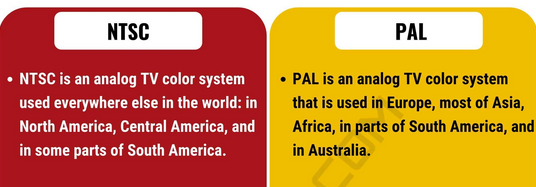
CHANGING NTSC FORMAT TO PAL
May 26, 2022
I recently advised on a “TV hour” for Judith Ehrlich, an Oscar-nominated filmmaker who needed a 52-minute version of her latest masterpiece, “The Boys Who Said NO!” for international television sales. My job was to paper edit (make cuts in a transcript) a 95-minute film down to a 52-minute version. Aside from cutting (from the transcript) a whopping 43% of her brilliantly edited feature, we had a technical challenge: a 52-minute NTSC movie does not equate to a 52-minute PAL movie. So she asked me to further research changing an NTSC film to PAL, the format used by most foreign broadcasters. A…
Read More...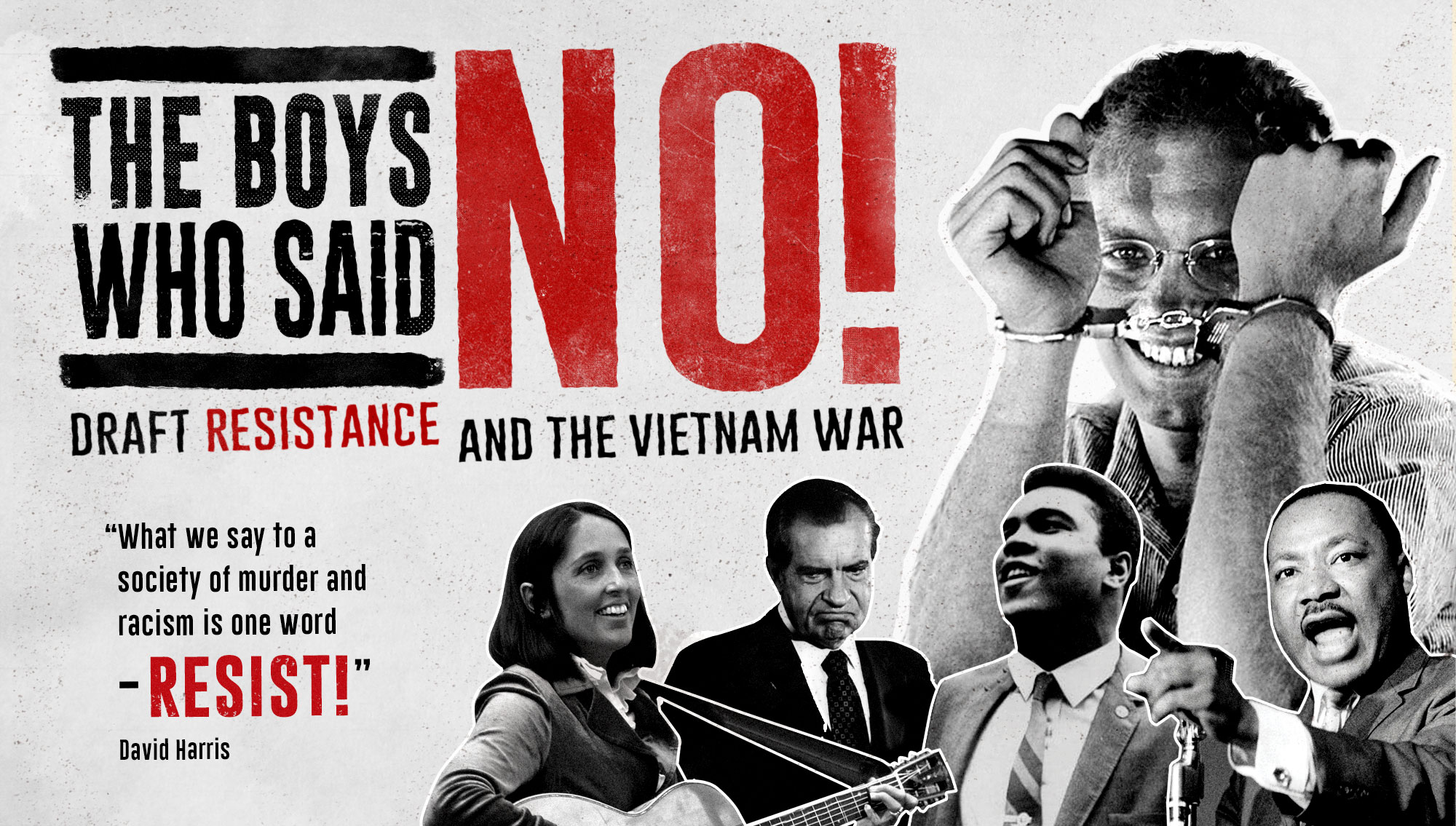
When Do Filmmakers Need a “TV Hour”?
April 27, 2022
I’ve been asked this question a lot lately. Independent filmmakers want to know how soon they need a TV cut down ready to go. As soon as their feature is released? Also called a “TV Hour”, a television cut down is a trimmed version of a feature-length documentary that retains the most compelling sections, generally within a 52 – 57 minute format. While foreign broadcasters prefer a 52-54 minute “TV hour”, PBS’s “60-minute program” is 56:46, according to the PBS Producer’s Handbook. If your film is too long, PBS will cut it down to fill their slot requirement—at your expense.…
Read More...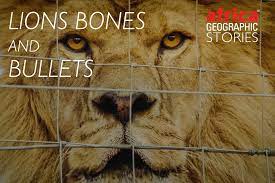
Why Solution-Oriented Documentaries Are Hard to Make, Part 2
January 14, 2021
Why is it so challenging to make a documentary that suggests solutions? Check out Part 1 of my newsletter for the “legislative” reason. But there’s another big reason why so many filmmakers haven’t (yet) figured out how to leave viewers feeling hopeful. It’s darn hard to make a solution-oriented documentary. The parallel corollary in the narrative world is that it’s easier to create dystopian science fiction films than optimistic ones. Why? Because an optimistic view of the future is harder for filmmakers to imagine and document. “It’s harder to find drama in that situation,” says television producer Ronald D. Moore…
Read More...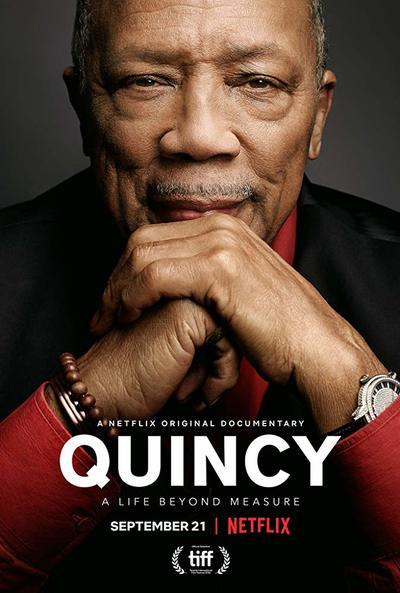
Why Solution-Oriented Documentaries Are Hard to Make, Part 1
January 12, 2021
Why is it so hard to make a social issue documentary that delivers solutions? It’s a delicious question that that I’ll tackle in two parts. Today is Part 1. Here’s a theory I recently came across on the podcast “Pure Nonfiction with Thom Powers” (episode 124). It especially applies to progressive makers who see solutions in congressional action. Unfortunately, says director Jeff Orlowski (“The Social Dilemma,” 2020), legislative scenarios may strike many viewers as “propaganda”. “If you believe the solution to climate change is legislation, if you say that in a film, it very quickly will rub some audiences the…
Read More...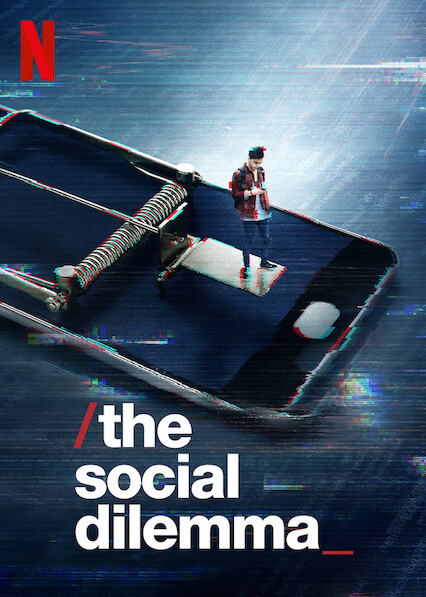
The Empathy Cut
December 14, 2020
Hi Everyone, I’m often asked how to “liven up” an idea-laden documentary that’s topic-driven rather than character-driven. Here’s a micro-editing tip that can add emotion and meaning to talking heads. Imagine editing an interviewee who is explaining an idea. In the selects, look for moments when this person is silent. This quietude might be when they’re pondering how to answer a question, or just after answering, when looking at the interviewer expectantly. Leverage those pauses to add a line or two of voiceover. The results can be magical. It propels the viewer inside the interviewee’s head, adding a layer of…
Read More...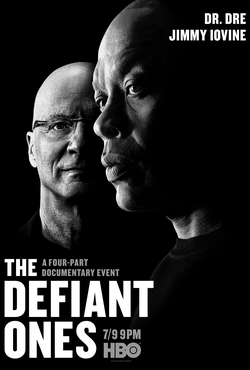
Omniscient Voice of Godless Narration
November 24, 2020
Happy holidays, filmmakers around the globe! You heard it here first. Omniscient narration is making a comeback, and it’s not the Voice of God. We’re currently writing narration for two documentaries, and all of the directors we work with employ some vehicle for exposition. Silent text on screen was the first exposition device to replace voiceover narration in our godless post-modern era. It remains popular. But now, the deep authoritative male voice is being further supplanted by the feminine Voice of Fungi. Or, the poetic voice of a 10,000 year-old woman in “I Am Belfast” (2015). Or, the gentle murmur…
Read More...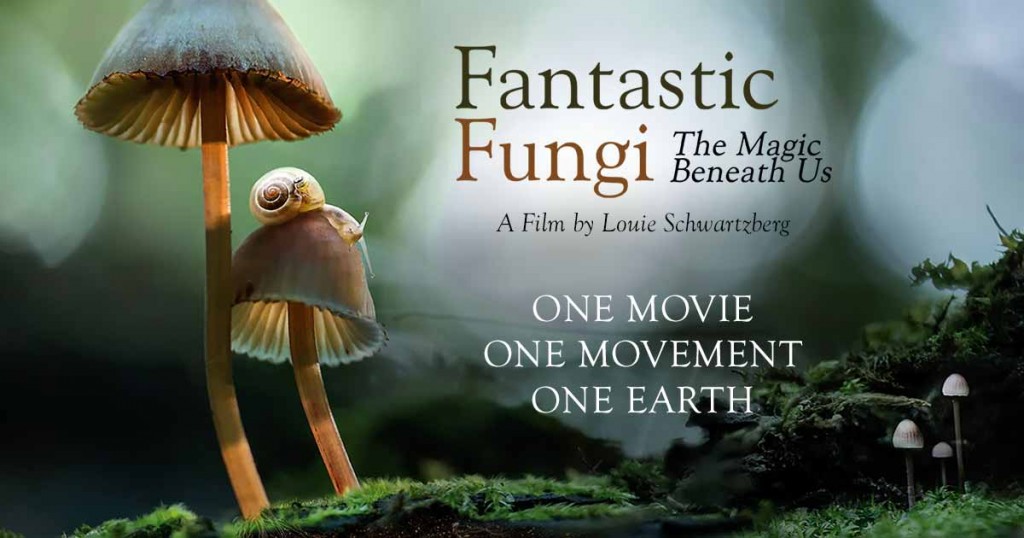
What Is A Post-Progressive Documentary?
November 15, 2020
Last week as President-elect Joe Biden was calling for unity, I read one political philosopher who said finding “common ground” is no longer viable. What we need, says Steve McIntosh, is to find a “higher ground”, or a post-progressive perspective. That got me thinking, what would a “post-progressive documentary” look like? First, it would include multiple perspectives. This idea is not new for anyone trained to think critically. But even college-educated filmmakers forget, in our hyper-polarized era, the value of including and transcending multiple viewpoints. Instead, as far back as 1989 when Michael Moore’s “Roger and Me” plowed both the…
Read More...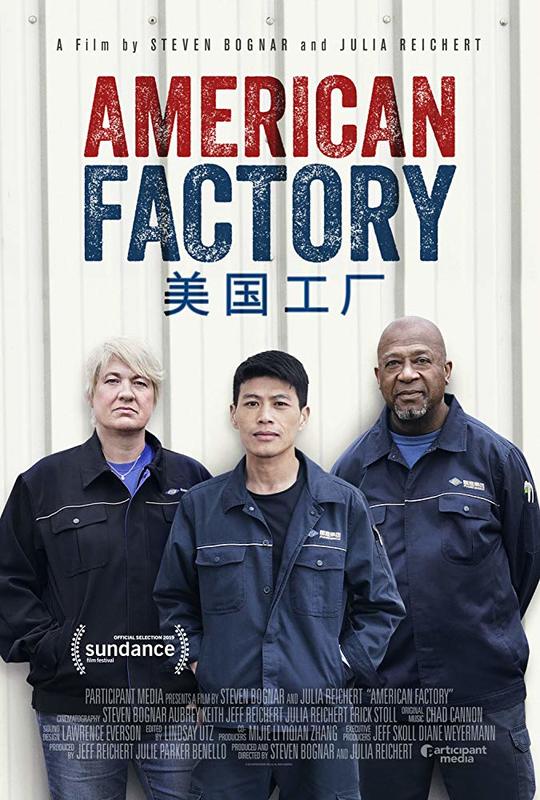
The Social Dilemma: To Stage or Not to Stage Scenes?
October 22, 2020
Does it matter if a documentary is staged? That was the title of a recent New York Times article that quotes journalist Scott Tobias’s tweet, “Reviews hung up on documentary veracity are missing the point…Authenticity and artifice coexist all the time in movies.” Before I weigh in on the “dilemma of deception”, a quick reminder: the deadline for the Roy W. Dean grant is October 31st. Learn how we can help you apply with our grant writing services here. We frowned on docs that didn’t disclose recreations when I taught editing at UC Berkeley’s Graduate School of Journalism. At issue…
Read More...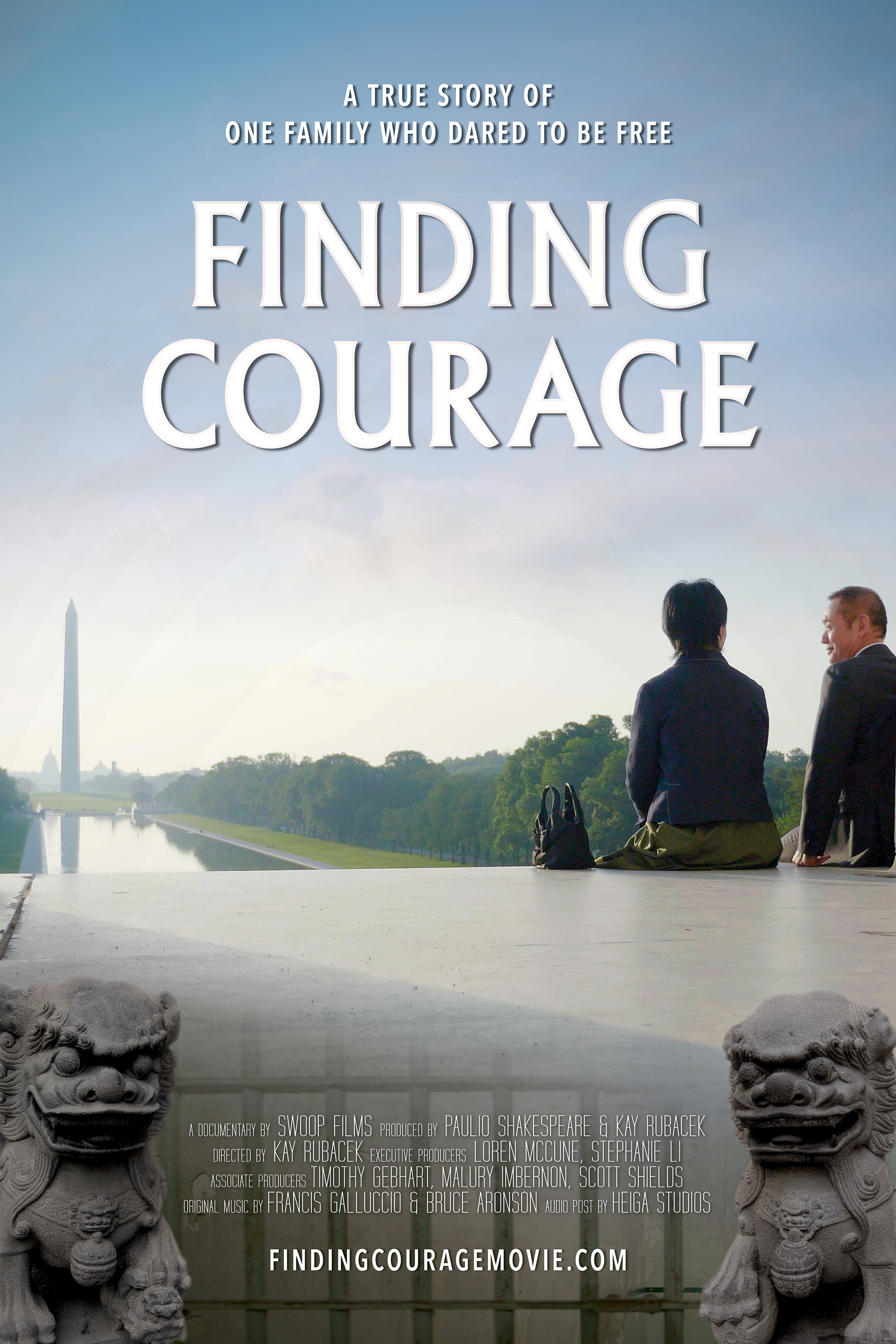
Ten Tips for Writing Documentary Narration
July 15, 2020
After working in the documentary world for 32 years, I’ve compiled ten tips to write compelling voiceover narration. Bottom line: writing for screen is different than writing for print. Enjoy and feel free to share! Tip #1: BE CONVERSATIONAL. Narration should not sound like a college lecture or an ideologue’s sermon. Be colloquial. It’s OK to use contractions. Where can you pose questions for your viewer? When you’re done writing, read narration out loud to make sure it’s easy to say. Tip #2: AVOID STARTING sentences with a long participial phrase. Why? People don’t generally talk that way; they write…
Read More...